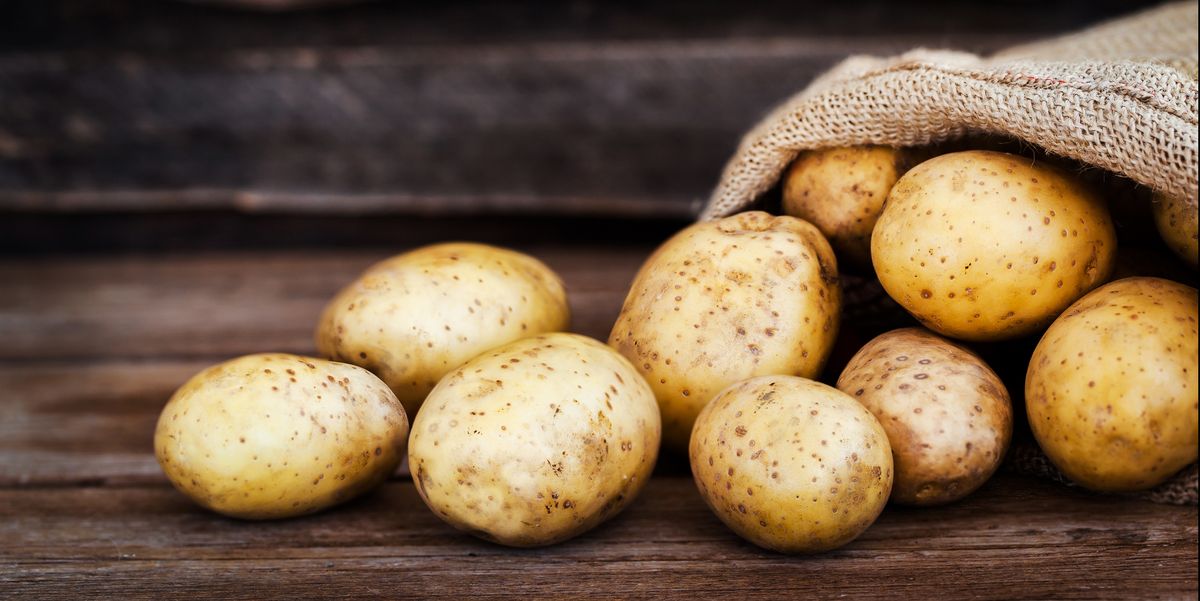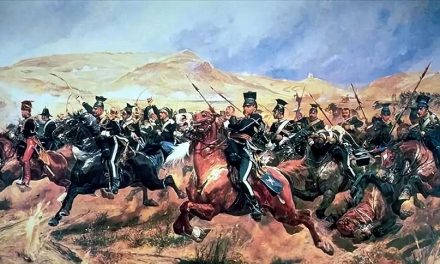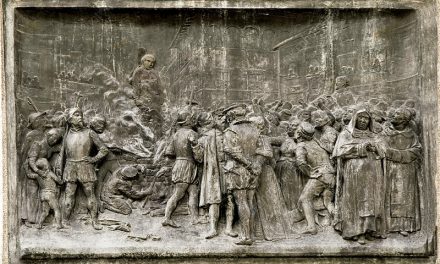Few vegetables are as versatile as the potato, another native of the Andes with an ancestry extending back to around 8000-5000 BCE in Peru. You can have them boiled or broiled, fried or mashed, with meat or fish. Potatoes were first introduced into Europe following the Spanish conquest of the Inca Empire in the second half of the 16th century and quickly became responsible for a quarter of the growth in Old World population and urbanization between 1700 and 1900. Even today, it is the fourth-largest food crop after rice, wheat and maize, which is not surprising since potatoes contain all the vitamins necessary for sustenance and a mere acre of cultivated potatoes can provide for 10 families. But potatoes had a slow start in Europe, Ireland notwithstanding. In France, for example, potatoes were thought to cause leprosy and were mainly cultivated as animal feed. So strong was the sentiment against the noble potato that the French Parliament even forbade its cultivation in 1748. But the efforts and pioneering work of sage and prophet Antoine Parmentier saved the humble but potent potato from oblivion by preaching the spud’s virtues in time of hunger and making it palatable.
By Martain Herald Collected





